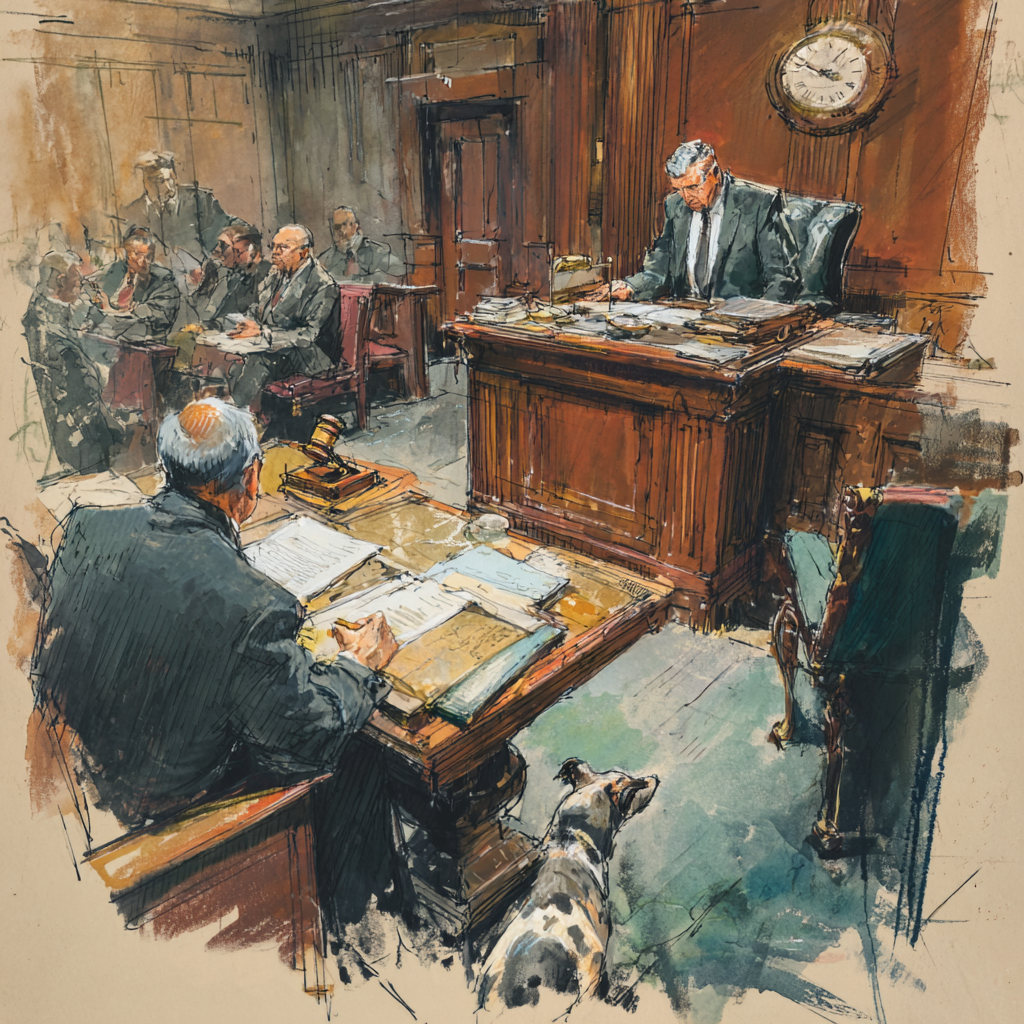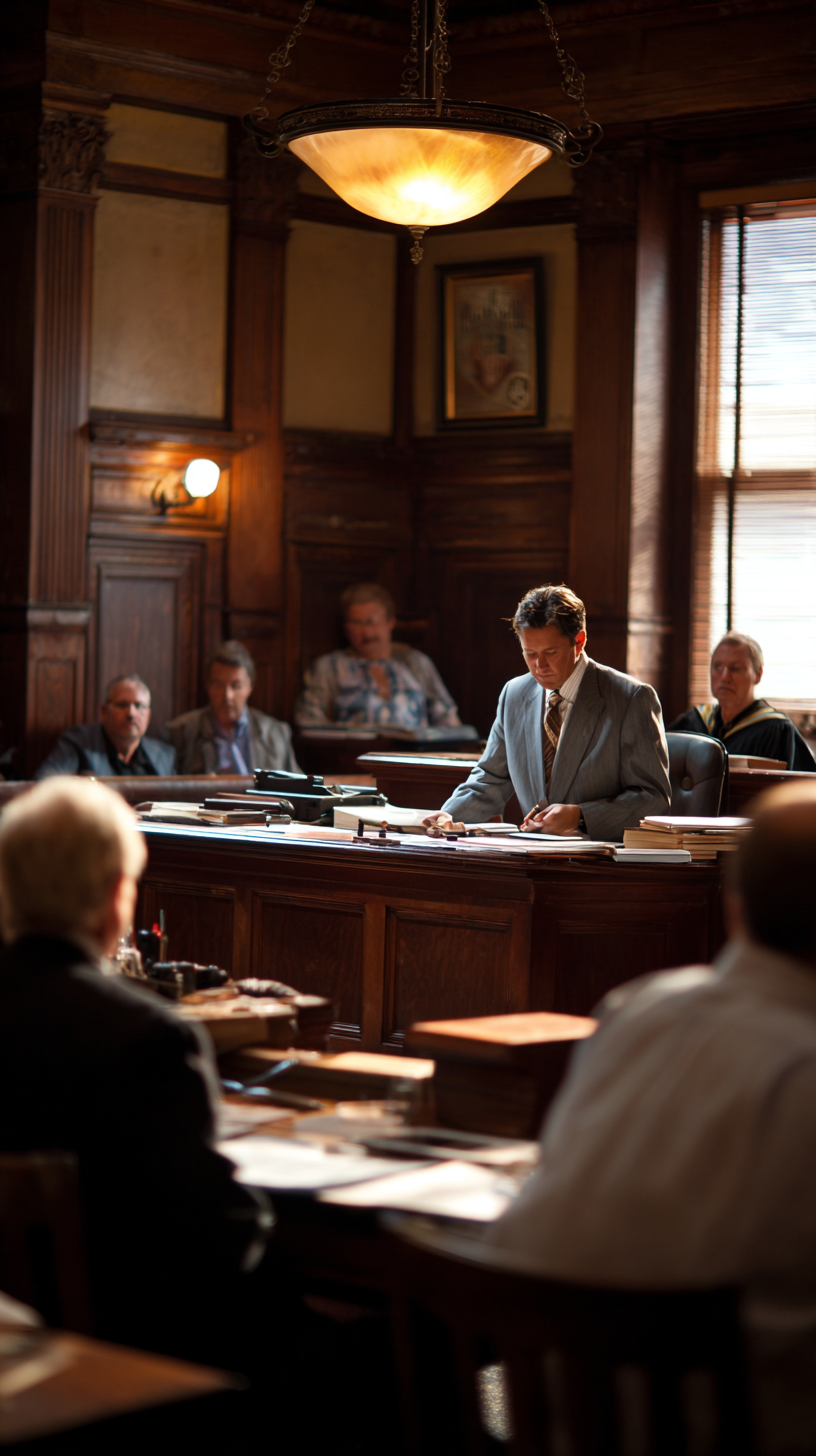Global Liberty Ins. Co. v W. Joseph Gorum, M.D., P.C., 2016 NY Slip Op 06680 (2d Dept. 2016)
(1) “Here, the Supreme Court found that the plaintiff submitted proof of service of the summons and complaint upon Gorum (seeBusiness Corporation Law § 306[b][i]; CPLR 3215[g][4][i]) and that Gorum had not answered or appeared in this action, thereby admitting all traversable allegations (see Rokina Opt. Co. v Camera King, 63 NY2d 728, 730). However, the court erred in denying that branch of the plaintiff’s motion which was for leave to enter a default judgment against Gorum on the basis that its expert’s affirmation, in the form of a peer review, did not have an original signature (see CPLR 2101[e]; Rechler Equity B-1, LLC v AKR Corp., 98 AD3d 496, 497; Billingy v Blagrove, 84 AD3d 848, 849; Campbell v Johnson, 264 AD2d 461, 461). Further, the plaintiff’s expert’s affirmed peer review demonstrated facts constituting the cause of action asserted against Gorum (see Woodson v Mendon Leasing Corp., 100 NY2d at 71). Thus, the court should have granted the plaintiff leave to enter a default judgment against Gorum.”
The “original signature” is a relic of the 1970s and 1980s. Certain judges fail to appreciate that a copy or a holographic signature (and electronic signature in the 1st Department or electronic signature with authentication in the Second Department) are sufficient to allow the document to be considered.
(2) “The peer review reports and medical records submitted in support of this motion failed to demonstrate as a matter of law that the surgery performed by Diwan on Souffront was not medically necessary.”
Admittedly, this is the standard type of peer reports that the insurance carriers utilize to show lack of medical appropriateness. It is for this reason that surgery peer reviews necessitate expert testimony. My hope is one day, the industry will compel the orthopedists to fill in the gaps in the peer reviews so that the can stand on their own two feet.









